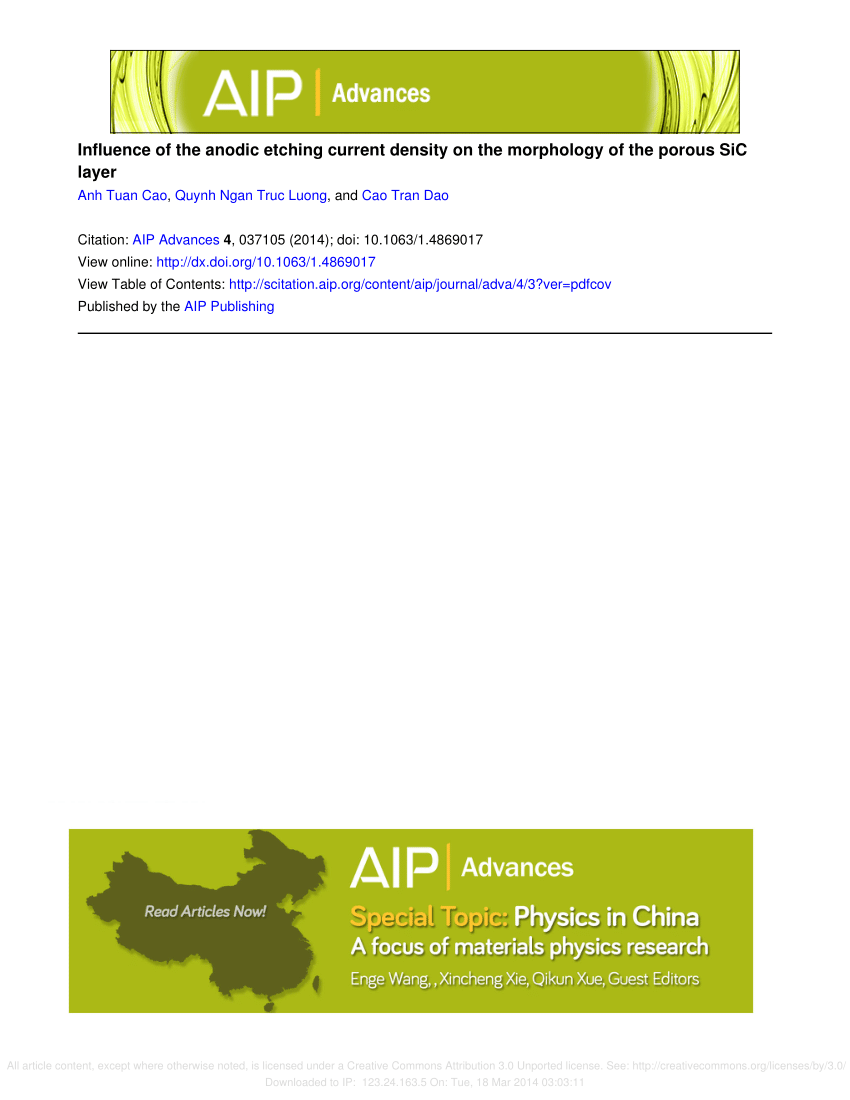Simulation study on the influence of initial density distribution of laser ionized plasma on the ion extraction characteristics
IF 1.4
4区 物理与天体物理
Q4 MATERIALS SCIENCE, MULTIDISCIPLINARY
引用次数: 0
Abstract
In isotope concentration technology, ion extraction current and ion extraction efficiency are the key factors to measure the efficiency of the isotope concentration. In order to increase the ion extraction current, researchers usually hope to produce a plasma source with large initial peak density and width; however, in reality, it is limited by the laser power, and the total number of ions in a plasma produced by laser ionization is almost certain. In this case, how to improve the ion extraction efficiency by choosing the appropriate initial density distribution of plasma has become a difficult problem. In this paper, the effects of the initial density distribution of plasma on the ion extraction characteristics are studied by using the electron equilibrium fluid model. The numerical results suggest that the ion extraction efficiency is independent of the initial density distribution of plasma while the total number of ions in the plasma, the distance between the electrodes, and the electric field intensity are kept constant. When the total number of ions and the electric field intensity are kept constant, the distance between the electrodes is shortened by one time, and the time of ion extraction is also shortened by nearly one time; thus, the plasma source with high initial peak density and small width can be chosen, and the aim of ion extraction can be achieved by shortening the distance between the electrodes. This research results provide an important reference for guiding the experimental parameters such as laser power distribution and the design of ion extraction device.激光电离等离子体初始密度分布对离子萃取特性影响的模拟研究
在同位素浓缩技术中,离子萃取电流和离子萃取效率是衡量同位素浓缩效率的关键因素。为了提高离子萃取电流,研究人员通常希望产生一个初始峰值密度和宽度都很大的等离子体源;但实际上,它受到激光功率的限制,激光电离产生的等离子体中离子的总数几乎是确定的。在这种情况下,如何通过选择合适的等离子体初始密度分布来提高离子萃取效率就成了一个难题。本文利用电子平衡流体模型研究了等离子体初始密度分布对离子萃取特性的影响。数值结果表明,在等离子体中离子总数、电极间距和电场强度保持不变的情况下,离子萃取效率与等离子体的初始密度分布无关。当离子总数和电场强度保持不变时,电极间距缩短1倍,离子萃取时间也缩短近1倍;因此,可以选择初始峰值密度高、宽度小的等离子体源,通过缩短电极间距达到离子萃取的目的。该研究成果为指导激光功率分配等实验参数和离子萃取装置的设计提供了重要参考。
本文章由计算机程序翻译,如有差异,请以英文原文为准。
求助全文
约1分钟内获得全文
求助全文
来源期刊

AIP Advances
NANOSCIENCE & NANOTECHNOLOGY-MATERIALS SCIENCE, MULTIDISCIPLINARY
CiteScore
2.80
自引率
6.20%
发文量
1233
审稿时长
2-4 weeks
期刊介绍:
AIP Advances is an open access journal publishing in all areas of physical sciences—applied, theoretical, and experimental. All published articles are freely available to read, download, and share. The journal prides itself on the belief that all good science is important and relevant. Our inclusive scope and publication standards make it an essential outlet for scientists in the physical sciences.
AIP Advances is a community-based journal, with a fast production cycle. The quick publication process and open-access model allows us to quickly distribute new scientific concepts. Our Editors, assisted by peer review, determine whether a manuscript is technically correct and original. After publication, the readership evaluates whether a manuscript is timely, relevant, or significant.
 求助内容:
求助内容: 应助结果提醒方式:
应助结果提醒方式:


